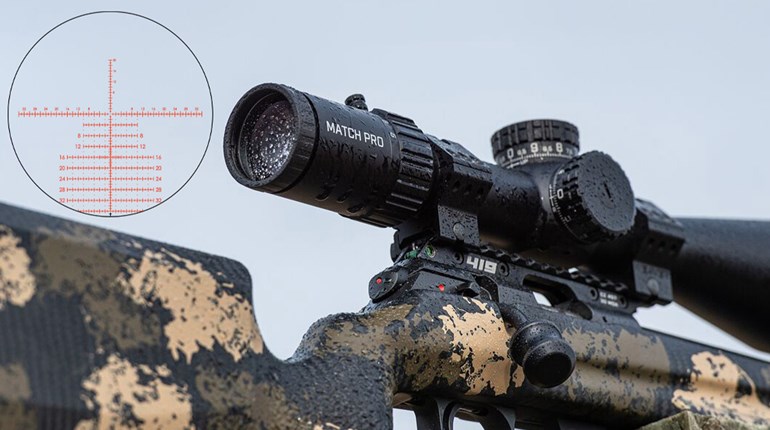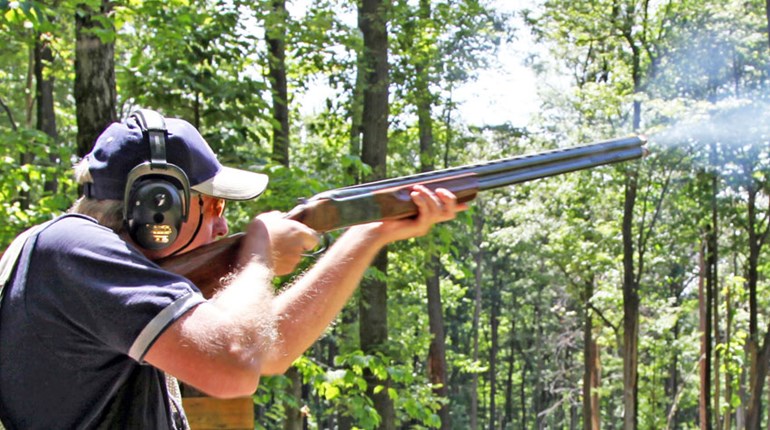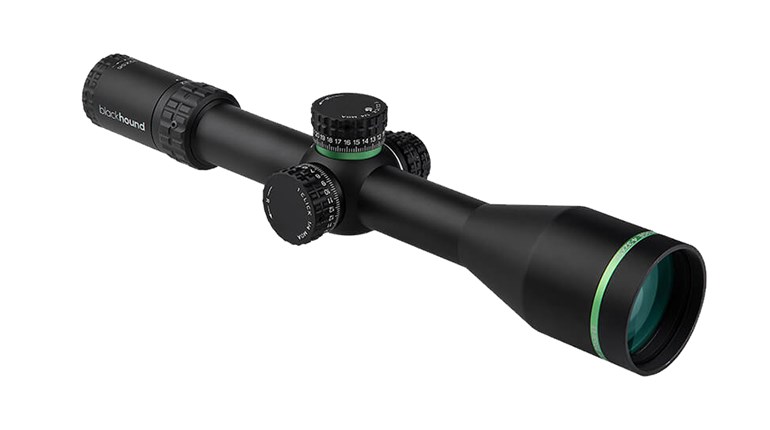
I was at the range the other day working with some new handloads. Normally, I have the place all to myself during weekdays but not this day. There was a young man there wringing out his rifle. He was, shall we say, rather proud of the fact that his rifle was guaranteed to be sub-minute-of-angle (moa). Unfortunately, on this particular day, his rifle was printing groups of about 1 1/4 inches—not bad, but not sub-moa. He was crestfallen.
This sub-moa stuff is talked about a lot, but few truly understand its meaning. Let me see if I can provide a working knowledge: There are 360 degrees in a circle and 60 minutes in each degree. To calculate how much one degree subtends at a given range requires some geometry—something I have not seriously studied in more than four decades. If you are shooting at 100 yards, consider that distance the radius (R) of a circle. The circumference (C) would be: C = π2R or C = 3.1416 x 2 x 100, which comes to 628.32 yards. Multiply the circumference by 36 to get the number of inches, and you’ll come up with 22,619.52 inches. Divide that product by 360 to get the inches per degree and you’ll get 62.832 inches per degree. Divide that quotient by 60 to get the number of inches in a minute for a circle with a 100-yard radius and you’ll get 1.047197580733 inches—call it 1.0472 inches. Most of us just call it an inch at 100 yards. At 200 yards, an moa is 2.0944 inches, and so forth.
A well-trained and disciplined shooter with a good rifle can pretty much deliver sub-moa performance out to a given distance—from a benchrest—on demand. If he or she is really a superb shot, he or she can deliver sun-moa performance at some fraction of that distance from a field position. Most of us mortals aren’t so gifted. Stuff happens. Maybe we’re not feeling real hot on a given day, and our sub-moa gun prints 1 1/2 inches at 100 yards. Maybe we had some glare from a low-angled sun. Maybe it was an inconvenient itch that attacked us just as the trigger broke. Like I said, stuff happens.
Sub-moa is a measurement of a tendency. It is not a pure number chiseled in granite. One group does not necessarily tell the tale of accuracy. That’s why we shoot five, five-shot groups when evaluating a rifle or pistol. It shows a tendency and describes the relative accuracy that can be expected from the gun. When I shoot test loads for handloads, I often shoot 10-shot groups because a larger sample size provides more accurate data. Those groups are often larger than a three- or five-shot group would be, but they give a more accurate and predictable judgment of performance that I will experience in the field. So take the sub-moa talk with a grain of salt.





































